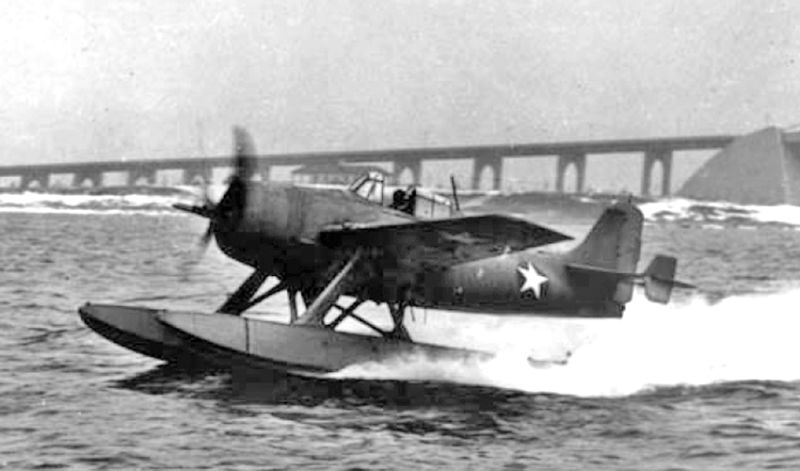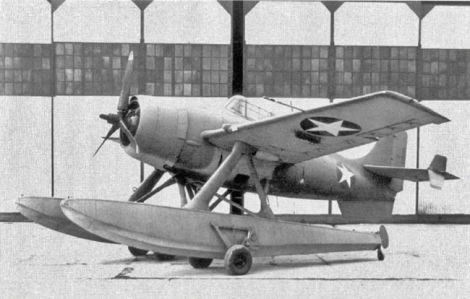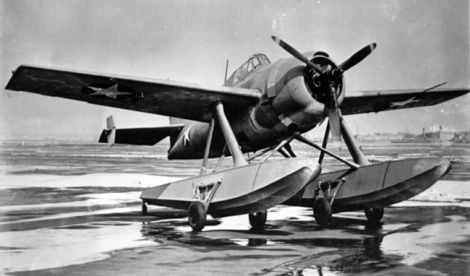From the Planes You’ve (Probably) Never Heard Of Department of Wingspan, we bring you the Grumman XF4F-3S Wildcatfish.

As Allied forces island-hopped their way across the Pacific Ocean, the Navy feared the campaign might move faster than the SeaBee’s could build new runways on captured islands. The Grumman XF4F-3S Wildcatfish, a Wildcat fighter with added floats, was inspired by the Mitsubishi A6M2-N, nicknamed Rufe, which was essentially an A6M2 Zero with floats of its own. The idea was that these floatplane fighters could operate from remote Pacific island bases without the need for clearing the jungle and building an airstrip, or from islands that were simply too small for an airfield.

To create the Wildcatfish, the Navy had the EDO Aircraft Company fashion a pair of pontoons and affix them to an existing F4F-3 Wildcat. However, the regular Wildcat already lagged behind the Zero in performance, and the addition of giant floats only further reduced the fighter’s speed and handling. The Wildcatfish took its maiden flight in February 1943, and though it might have been a worthy idea, the Navy was clearing islands and building airstrips so quickly that the Wildcatfish was never really needed, and only a single airframe was modified. Still, Wildcatfish may well be one of the coolest airplane names to come out of the war, or at least one of the quirkiest.

Connecting Flights
For more stories about aviation, aviation history, aviators and airplane oddities, visit Wingspan.